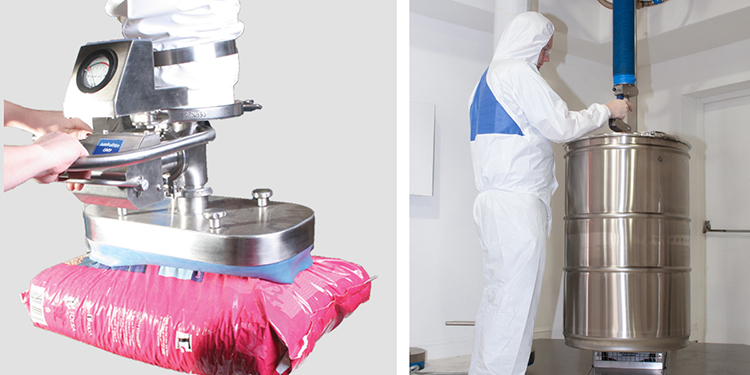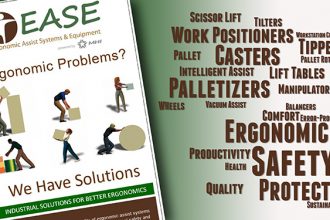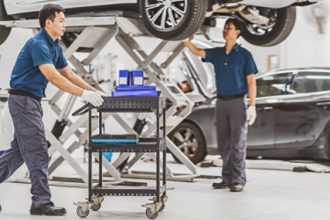Adding An Ergonomic Vacuum Lifter To A Food, Pharmaceutical, Or Clean Room Process? Look For These Key Features

Manually handling loads in food and beverage, pharmaceutical, or clean room applications can put tremendous ergonomic strain on an operator. Even employees who are in excellent shape will become more fatigued and less productive after several hours of performing the same routine task. Whether they’re lifting boxes to stack a pallet load for outbound shipment, unloading ingredients in bags or kegs for a manufacturing line, or dispensing the contents of a bucket into a hopper for processing, doing so manually increases the risk of back injuries caused by pushing, pulling, lifting, carrying, holding or reaching. Additionally, with ongoing staffing challenges plaguing many operations, adding a lift assist device that bears the weight of the entire load under the direction and control of the worker allows the job to be performed by persons of any physical type, fitness level, or stature.
For all of these reasons, more companies are considering adding an ergonomic vacuum lifter to alleviate the physical strains experienced by employees as they perform such tasks. Because of safety regulations surrounding the handling of such products, however, operations in the food, beverage, pharmaceutical, and clean room sectors, should seek the following key characteristics when evaluating potential ergonomic vacuum lifters. These requirements contribute to an operation’s ability to protect the integrity of the products being handled:
Stainless Steel Construction. To ensure the integrity of the ergonomic vacuum lifter, its housing and components should be made of corrosion resistant stainless steel, either 304 or 316. This finish can withstand the acids, alkaline solutions, chlorides, heat, pressure and moisture present in the production and cleaning processes of such operations.
Non-Reactive Components. Other components used in the lifter should likewise be non-porous, non-shedding, non-reactive and non-absorbent to prevent cross-contamination as the device is used with different loads. In ergonomic vacuum lifters, the optimal material for the seal (suction cup) that attaches to the load is silicone, as it possesses all those inert properties.
Easy to Clean. In order to meet the stringent hygienic requirements of these applications, it is critical that the ergonomic vacuum lifter be easy to clean. The ideal device can be disassembled without tools, allowing potential contaminant harborage points to be cleaned. This also prevents the need to use tools stored elsewhere in the facility to dismantle the device, eliminating another risk. Further, all components should be able to withstand the operation’s sanitization process, such as pressure washing, steam cleaning, wiping, or even submerging in a disinfectant solution.
Integrated Filtration. To further prevent cross-contamination as the vacuum lifter is used with different loads, an in-line HEPA filter that removes 99.95% of particulates from the system’s airflow should be integrated. This ensures that ingredients from one load won’t be transferred to another, causing a potential quality control issue.
Adequate Load Capacity. Ergonomic vacuum lifters can be designed to handle loads ranging from 30 to 600 pounds. Consider the minimum and maximum weights and dimensions of the loads to be handled in the process when specifying the device to ensure adequate handling versatility.
Ability to Handle Different Load Types. These devices can be designed to handle bags, boxes, kegs, barrels, tubs, buckets, sacks and other packaging forms. Depending on the load type (or types) to be handled, the ergonomic vacuum lifter’s design may need to be customized match to the unique application.
Looking for more ways to improve ergonomics in your manual material handling operation? Download the free publication, “Ergonomic Guidelines for Manual Material Handling,” published by the members of Ergonomic Assist Systems & Equipment (EASE).



